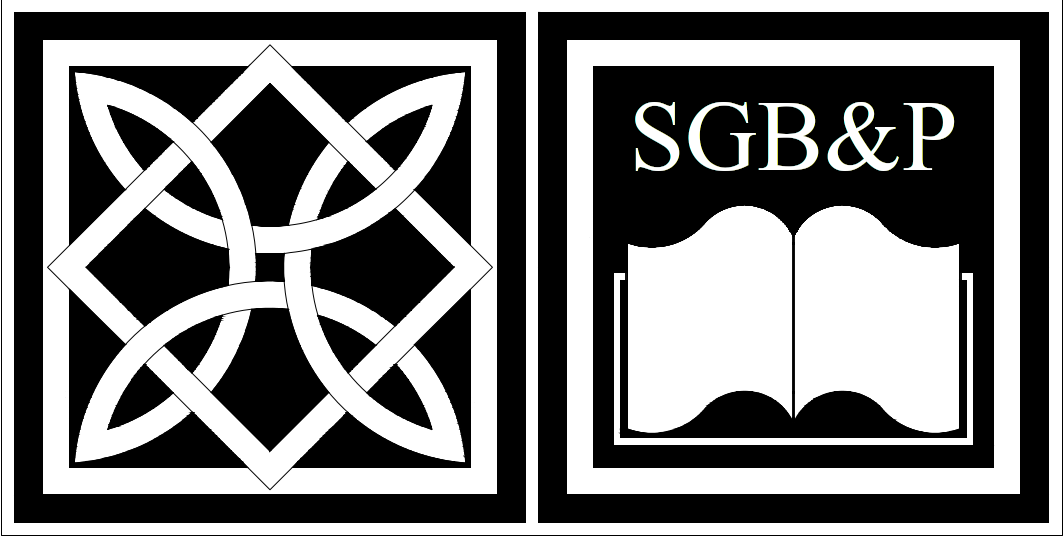Module 4 – (Fall semester) Jan. 5 - Jan. 30, 2026
Restoration Treatments of Text, Block II (Machine-Made Paper)
Module 4
Workshop, 100 hours
Restoration of Paper in Books
Instructor:
1) Analyzing and evaluating text blocks
Paper, inks, stitching, glues
2) Dismantling text blocks
Dismantling and recomposing. Approaches and issues
3) Treatments
Dry cleaning
Wet cleaning
Solvents, washing
De-acidification - Methods and materials
Selection of the materials (Japanese paper, Korean paper, Chinese paper, etc.)
Adhesives
4) Consolidation – Methods, Lining
Start of the Student restoration project
Each student will start an individual restoration project that will be completed at the end of the course. Students will choose two books (17th - 18th century bound book, 19th - 20th century book with case binding)
Book restoration project
Documentation
Analyzing and testing
Setting a restoration plan
Field trips
Visit two book restoration laboratories
Module 4
Theory class 1, 24 hours
Types and Features of Modern Machine-Made Paper
Instructor:
1) Machine-made paper
Historic overview of industrialization of paper making
Technological evolution
Machinery
Identification, (Herzberg test)
Raw materials (wood, straw, esparto, etc.)
Sizing (rosin, alum, etc.)
Features, issues
2) Manufacturing process, issues
Mechanical wood pulp
Newsprint
Chemical or semi-chemical pulping
Sulfurous acid, calcium bisulfite
Kraft paper
3) Process of sizing (historical elements)
4) Coated papers
High-quality print paper (whiteness, gloss)
Coating materials (kaolin, calcium carbonate, bentonite, talc, organic, plastic, wax coatings, etc.)
Process of coating (historical elements)
5) Special feature paper
Office paper
Bond, inkjet paper, copy paper, thermal papers
Acid free papers (archival or museum grade)
From wood pulp buffered, cotton fiber
Photographic papers
B&W emulsions, color emulsion, Polaroids, dye transfer
Architectural paper and other media
Tracing paper (translucent), yellow trace, drafting linens, blueprints (cyanotypes), whiteprints (diazo prints), sepias
6) American paper production
Module 4
Theory class 2, 24 hours
Chemistry of Modern Papers
Instructor:
1) Chemical and Physical Features of Modern Papers
Kraft paper
Newsprint
Office paper
Bond paper
Inkjet paper
Copy paper
Thermal papers
High-quality print paper (whiteness, gloss)
Acid free papers
Cotton rag
Archival - Museum board
Cardboards
2) Chemical features of coatings
Sizing
Clay coatings
Photosensitive coatings
Plastic and resin coatings
Wax coatings
3) Chemical aspects of machine-made paper deterioration
4) Restoration treatments for machine-made paper
Deacidification - small scale, large scale
Consolidation
Cleaning
5) Restoration materials, chemical features
Japanese paper
Korean paper
Chinese paper

